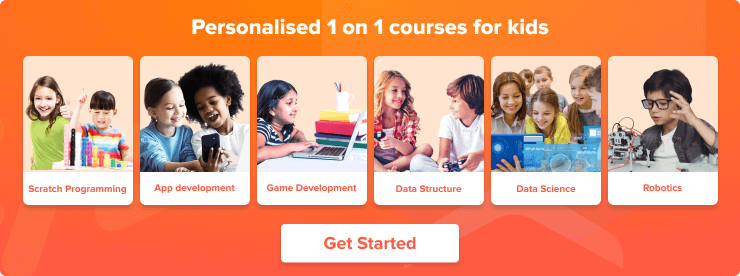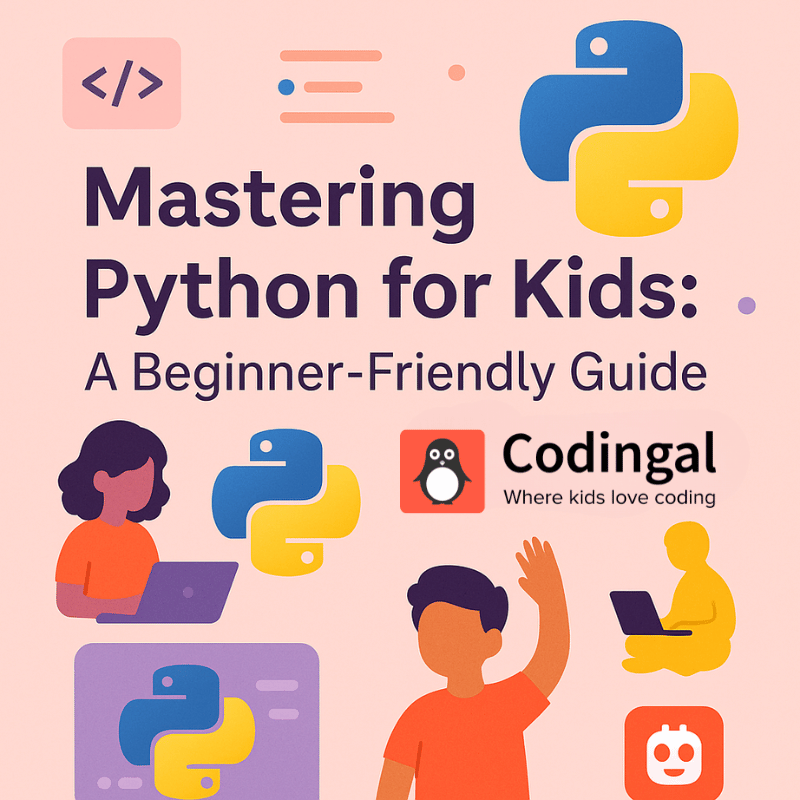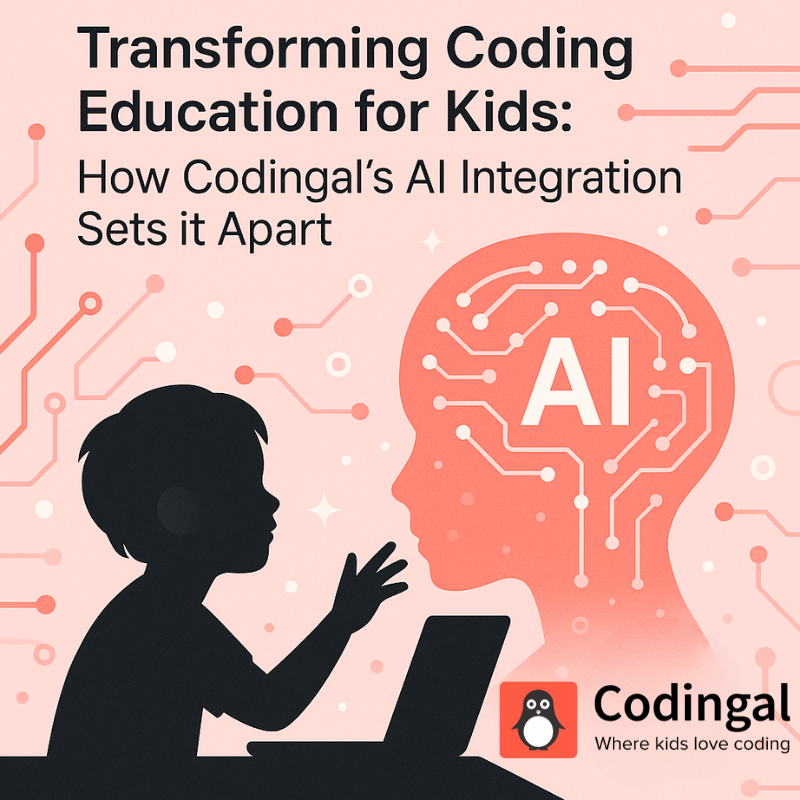Table of Contents
Introduction C++ History of C++ Features of C++ Application of C++ Key distinctions of C++ Java History of Java Features of Java Application of Java Key distinctions of Java Python History of Python Features of Python Application of Python Key distinctions of Python ConclusionEvery year, programming language demand and acceptance vary. Additionally, new programming languages are introducing appealing features.
Many other programming languages are available today, including JavaScript, Rust, PHP, Ruby, Python, Java, C, etc.
It is challenging to select a way when there are so many possible methods to begin a career in computer programming.
In terms of programming and competitive coding, C++, Java, and Python have continued to be popular throughout time.
Additionally, there is nothing you can’t develop with C++, Java, and Python.
In this blog post we will learn What is the difference between Java, Python and C++.
The efficiency, speed, and memory of modern C++ make it a favorite among programmers.
Java works across all platforms. As a result, it keeps bringing a lot of value to the field of software development.
Python offers new libraries, quick prototyping, and other new capabilities while requiring less programming.
More people now use Python than Java. Google Trends reveals that in 2017, Python’s popularity surpassed Java’s.
This trend is probably a result of Java’s superior usage for production code and Python’s excellent use for experimentation. As a result, experimentation is more prevalent than finished code.
Python is an interpreted language with dynamic typing, while Java is a statically typed and compiled language. Java is quicker at runtime and simpler to debug because to this one distinction, while Python is simpler to use and understand.
Python’s popularity has grown mainly due to its communicative nature; people understand it better. It has enormous Python libraries, so a new coder won’t have to start from scratch.
The three programming languages will be explored in this blog post, along with their history, features, applications, key distinctions between C++, Java, and Python, and code samples to demonstrate each.

C++

History of C++
Bjarne Stroustrup and Dennis Ritchie, who created C, worked on C++ in the 1970s at Bell Labs. As an addition to C, C++ was developed to include object-oriented functionality.
Features of C++
- A quick and compiled programming language is C++. C++ is platform-dependent because it’s a compiled programming language.
- The C++ programming language provides a large number of libraries for handling tasks directly at the hardware level, giving the user complete control over the hardware.
- With the fast increase in popularity of containerization, GPUs, and Cloud computing, C++ is also growing in popularity since it can swiftly adapt to take advantage of hardware improvements.
- C++ is often used in performance-critical and resource-constrained applications because of its incredible speed.
- It offers extensive control over the system’s resources and memory to programmers.
Applications of C++
Because it facilitates object-oriented programming and provides access to hardware, C++ is popular among programmers. Many high-level end-user apps may be created using C++ such as:
- Operating systems: The Apple OS has some C++ code. C++ is also used in the development of the majority of Microsoft’s software, including Internet Explorer and the Visual Studio IDE.
- Cloud/Distributed Systems: Because C++ is near to the hardware and supports multithreading, it is a strong candidate for the construction of cloud systems.
- Browsers: C++ is frequently utilised in browsers for rendering tasks due to its quicker execution speed. Examples include the Chrome browser, Mozilla Thunderbird, and the Google File System.
- GUI (Graphical User Interface) Based Applications: Adobe Photoshop, Illustrator, and WinAmp Media Player are examples of GUI-based applications that were created using C++.
File extension: filename.cpp
Key distinctions of C++
- Function overloading is supported in C++.
- C++ uses a bottom-up design process.
- 52 keywords can be used in C++.
- For input and output operations, C++ mostly utilizes the stream Cin and cout libraries.
- The new memory allocation operator is supported by C++.
- C++ is case-sensitive.
- Polymorphism, Abstract Data Types, and Encapsulation are characteristics that C++ supports in addition to object orientation.
- Both pointers and references are supported by C++.
Java

History of Java
James Gosling created Java as an object-oriented language in the early 1990s. “Simple, Robust, Portable, Platform-Independent, Secured, High-Performance, Multithreaded, Architecture Neutral, and Dynamic” were the core principles for the development of Java.
James Gosling created Java as an object-oriented language in the early 1990s. “Simple, Robust, Portable, Platform-Independent, Secured, High-Performance, Multithreaded, Architecture Neutral, and Dynamic” were the guiding principles for the development of Java.
Additionally, more than 3 billion devices run Java, which is owned by Oracle. The most secure applications, embedded systems, large data processing, desktop, and mobile apps, and so forth are all developed using java.
Features of Java
- There is no need to get rid of unreferenced because Java has an automatic garbage collection system. This is the primary distinction between Python, Java, and C++.
- Java changed the online experience from static text pages to dynamic sites with animation and video.
- APIs are provided for almost all tasks.
- Java supports the concepts of inheritance, abstraction, and encapsulation.
- Unlike other programming languages, it has powerful exception handling and type-checking mechanisms.
- Java is made to function anywhere. It interprets compiled code using the Java Virtual Machine (JVM) that it has. The JVM serves as both an interpreter and an error finder.
- Java provides multithreading, allowing programmers to create applications that can carry out several tasks at once.
Applications of Java
- Web-based applications: Java has extensive support for Servlets, Struts, and JSP web development.
- Used by companies: Google, Uber, and Instagram uses this programming language.
- Game Development: Because Java supports an open-source 3D engine, it is widely employed in the game development industry. Java is used in the creation of several well-known games, such as Minecraft and Mission Impossible III, and Asphalt 6.
- Mobile App Development: Java is used to create the majority of Android applications, including those created through the most well-known Android IDE, Android Studio Android Eclipse.
- Big Data Technology: The Java-based Hadoop HDFS platform is used to handle and store big data applications. Apache Camel and Apache Kafka both utilize Java.
- Cloud-based Programs: The term “cloud computing” describes on-demand access to computer resources that are not directly under the user’s control. Applications for the cloud now use Java. It offers an inexpensive alternative for IT infrastructure. It also functions as a platform for building cloud servers and programs.
File extension: filename.java
Key distinctions of Java
- Java is very secure, robust, allows polymorphism, encapsulation, and is platform independent.
- There is an Automatic Garbage Collection feature that eliminates the need to explicitly delete unreferenced objects.
- The most significant feature of Java is that it provides platform independence which leads to a facility of portability, which ultimately becomes its biggest strength.
- Java is referred to as a pure object-oriented language since it fully supports the principles of Object-Oriented Programming.
- Run-time faults can be handled using Java, which also offers automated garbage collection, exception handling, and does not need the explicit pointer idea.
- The memory management system in Java is robust. It assists in removing mistakes by checking the code both before compiling and while the program is running.
- Java is distributed because it encourages users to create distributed applications.
- With the help of the “JIT – Just In Time compiler,” which builds code just as it is needed, Java offers great efficiency by compiling only the methods that are being called. It is quicker and more effective as a result.
Python

History of Python
The Python Software Foundation created Python, which was created as a side project by Guido van Rossum in the 1990s. It was given the name of the BBC television programme “Monty Python’s Flying Circus.”
The ABC programming language, which was capable of handling exceptions and interacting with the Amoeba Operating System, is considered to be the origin to Python.
Python is immensely popular and focused on the developer experience. It is also extremely productive, easy, and powerful.
In fact, Python’s design philosophy places a strong emphasis on readable code. The Python community will assign a Pythonic score to each other’s code.
Features of Python
- Python’s libraries make it simple for programmers to get started. They won’t frequently have to start from scratch.
- Python is a high-level programming language that supports auto-dynamic typing and dynamic binding.
- Python is an expressive language, which means it can carry out several complicated tasks with only a small amount of code.
- Because Python contains so many built-in functions and libraries, it is relatively easy to carry out many difficult jobs.
- Python’s logical syntax, well-organized packages, and plug-ins are among the reasons why so many developers adore it.
- Its object-oriented methodology promises to assist programmers in creating logical, understandable code for both big and small-scale projects.
- An interpreted language is Python. It greatly facilitates debugging.
- In python, Indentation is used instead of semicolons and curly braces.
- Python provides a single inheritance as well as multiple inheritance.
- Python’s design philosophy also emphasizes code readability through the significant usage of whitespace.
Applications of Python
- Data science: Python contains a wide variety of strong libraries, such as scikit-learn and TensorFlow, as well as excellent data processing libraries, such as Pandas and Dask, and strong data visualization capabilities, such as Matplotlib and Seaborn, making it very well-liked for complex data operations, such as data mining, data visualization, and data extraction.
- Machine learning: Nowadays, the majority of e-commerce websites provide increased search capabilities and a better user experience thanks to Python-based artificial intelligence and machine learning.
TensorFlow and PyTorch, two of the most popular machine learning libraries, are both written in Python. - Web scraping: Web scraping is the process of extracting a significant volume of data from the internet. Such information is beneficial to businesses and is frequently utilised in lead generation for marketing.
Applications for web scraping are created using Python and the libraries Selenium, PythonRequest, and Mechanical Soup. - Web Development: One of Python’s most amazing applications is web Development. This is due to Python’s vast choice of developer-friendly frameworks, including Django, Flask, Bottle, and many more.
Python also comes with built-in modules and tools that completely simplify the web-building process.
Additionally, using Python for web development provides:
- Incredible visualization
- Convenience in construction Increased security
- Quickly developing process
- Game Development: Python has established itself as a superb alternative for game creation in the context of the continually expanding gaming industry.
Python programming is used in several popular games, including Battlefield 2, Pirates of the Caribbean, and Bridge Commander, for a variety of functions and add-ons.
The availability of well-known 2D and 3D gaming libraries like pygame, panda3D, and cocos2D makes the creation of games utterly simple. - Applications for audio and video: Python’s audio and video applications are without a doubt its most spectacular feature.
Python comes with tons of tools and libraries that will help you do your assignment perfectly.
Python is used to create well-known applications like Netflix, Spotify, and YouTube. Libraries like Dejavu, Mingus, SciPy, and OpenCV can handle this. - Business Software: Python is ideal for creating high-performance corporate applications because it has great security and scalability characteristics.
- Automation and robotics with the use of built-in tools and libraries like PyDy, Dart, PyRobot, and Pyo.
- Image processing: Blender, OpenCV, Houdini, and PIL are some of the incredible libraries and tools for image processing.
- Popular libraries like Pandas, Matplotlib, SciPy, and many more make it easier for scientists to use their software.
File extension: filename.py
Key distinctions of Python
- When compared to other programming languages, Python is simple to learn.
Its syntax is simple and resembles that of English to a large extent. It is a beginner-friendly programming language. - Python only requires a few lines of code to complete complicated tasks.
As a basic illustration, to run the hello world program, type print (“Hello World”). While Java or C++ require numerous lines to run, it simply needs one. - Since Python is an interpreted language, each line of a Python program is run separately.
- Being an interpreted language has the benefit of making debugging simple and portable.
- Python is compatible with a variety of operating systems, including Windows, Linux, UNIX, Macintosh, and others.
Thus, Python may be said to as a portable language. Developing a single program, allows programmers to create applications for a variety of different platforms. - Everyone can use Python for free. On its official website, www.python.org, it is publicly accessible.
There is a huge global community actively trying to create new Python modules and functions.
The Python community accepts contributions from everyone. “Anyone may get its source code without paying any money,” is what “open-source” means. - Python is extensible which means that the code may be compiled using another language, such as C or C++, and that this code can then be utilized in our Python code.
It transforms the program into byte code, which may be used on any platform. - Python encourages dynamic memory allocation, therefore we are not required to declare the variable’s data type.
The memory is automatically allocated to the variable at run time when we assign it a value.
If the integer x has the value 15, we don’t need to write int x = 15. Simply put, x = 15. - Classes and objects are introduced thanks to Python’s support for object-oriented languages.
It supports polymorphism, encapsulation, inheritance, etc. Programmers may create apps with less code and generate reusable code thanks to object-oriented techniques.
Conclusion
The topic of which programming language is best—C++, Java, or Python—is always under discussion. Generally speaking, there is no one winner. Each programming language is designed to solve a certain challenge and is effective in doing so.
Python is an interpreted programming language that is platform-independent, as opposed to C++, which is compiled and platform-dependent, and Java, which is platform-dependent.
Python is an interpreted language with dynamic typing, while Java is a statically typed and compiled language. Java is quicker at runtime and simpler to debug because to this one distinction, while Python is simpler to use and understand.
Codingal is on a mission to make kids fall in love with coding.
Codingal offers free access to numerous coding resources for kids including coding videos, coding lessons, DIY worksheets, etc. to help kids learn coding at their own time.
Coding for kids helps in building resilience at a young age.

Codingal also offers coding quizzes and online coding competitions for kids to put their coding skills and knowledge to the test in a competitive environment.
While online coding resources can help you get started with teaching coding to your kids, the best way to teach kids to code is by signing up for a guided and personalized online coding course for kids.
Codingal’s courses are designed to teach kids to create app, games, websites, and more while also improving their performance at school with STEM-based projects and activities.
Our teachers are all trained to ensure effective learning by matching the style and pace of learning to suit your child. Coding for kids is fun at Codingal.
Try a free class today to see for yourself.













